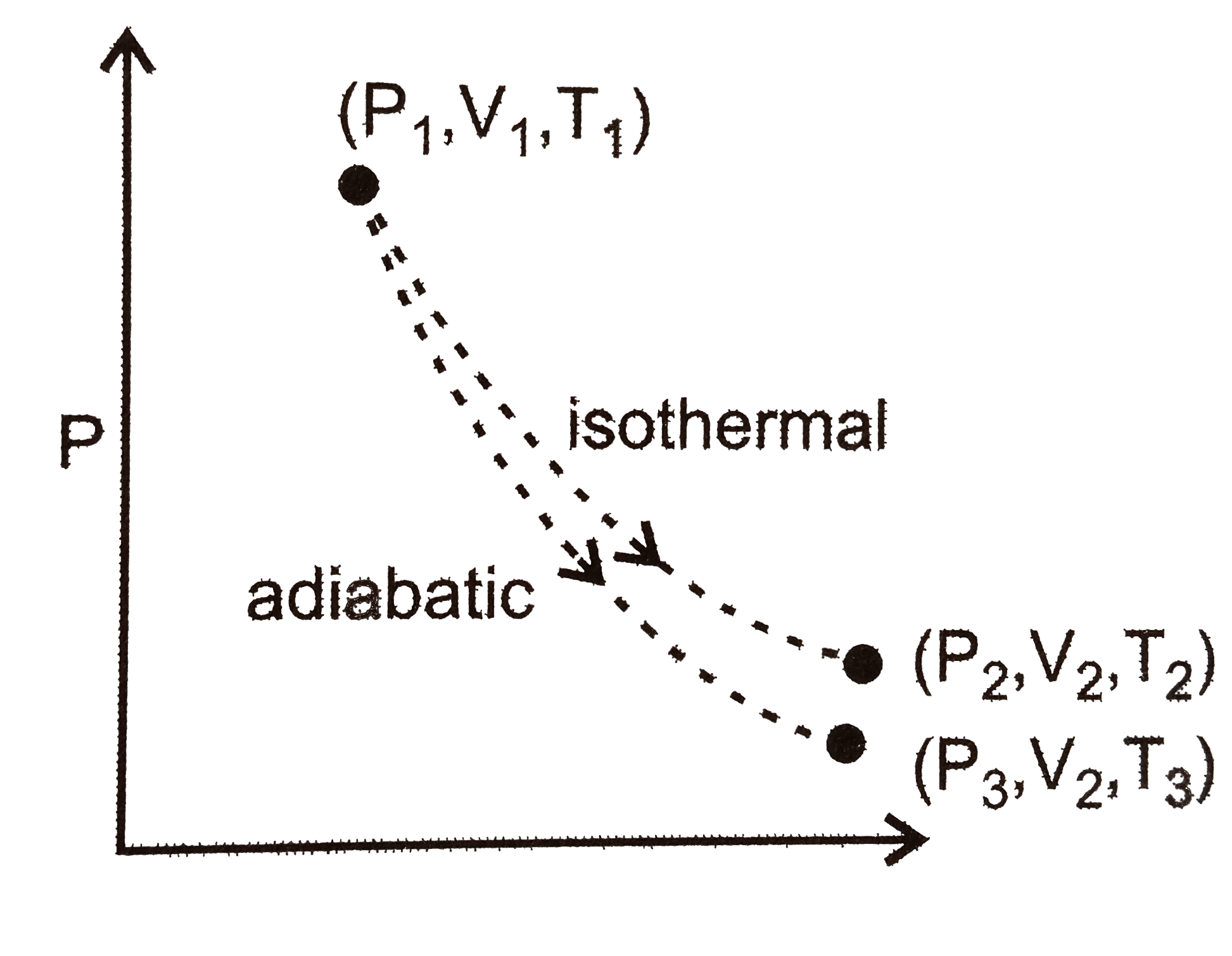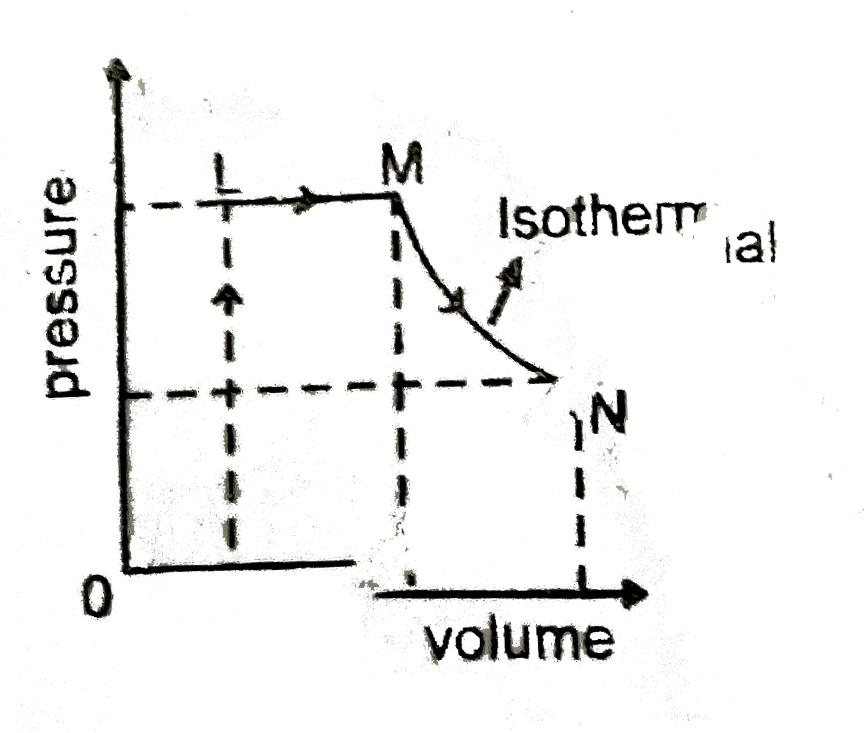Expansion of ideal gas takes place from 1 L to 10 L in vacuum isothermally at 300 K. Which of the following is correct?
ΔH=0
q=0
w=0
All of these
Step by step video & image solution for Expansion of ideal gas takes place from 1 L to 10 L in vacuum isothermally at 300 K. Which of the following is correct? by Chemistry experts to help you in doubts & scoring excellent marks in Class 12 exams.
Updated on:21/07/2023Similar Questions
The reversible expansion of an ideal gas under adiabatic and isothermal conditions is shown in the figure. Which of the following statement(s) is (are) correct?

View SolutionWhat will the entropy change of the system when expansion of 1 mole of a gas takes place from 3 L to 6 L under isothermal conditions? Consider, R = 2 cal K−1 mol−1 and log 2 = 0.30 L
View SolutionIn an isothermal expansion of one mole of an ideal gas against vacuum from 5 litre to 50 litre at 300 K, the quantity of heat absorbed by the gas is
View SolutionA fixed mass of an ideal gas undergoes changes of pressure and volume starting at L, as shown in Figure. Which of the the following is correct:

View SolutionOne mole of an ideal gas expands isothermally from 10 L to 100 L. Change in entropy of the process will be
View SolutionIn an isothermal expansion of one mole of an ideal gas against vacuum from 10 litre to 100 litre at 27∘C, the quantity of heat absorbed by the gas is
View Solution1 mole of an ideal gas undergoes an isothermal reversible expansion form 10 atm to 1 atm at 300 K. What will be the work done ?
View SolutionIf one mole of an ideal gas Cp=52R is expanded isothermally at 300 k until it's volume is tripled., if expansion is carried out freely (Pext=0),thenΔSis:
View SolutionTwo moles of an ideal gas expanded isothermally and reversibly from 1L to 10L at 300K. What is the enthalpy change?
View SolutionAssertion: The heat absorbed during the isothermal expansion of an ideal gas against vacuum is zero.
Reason: The volume occupied by the molecules of an ideal gas is zero.
View Solution
